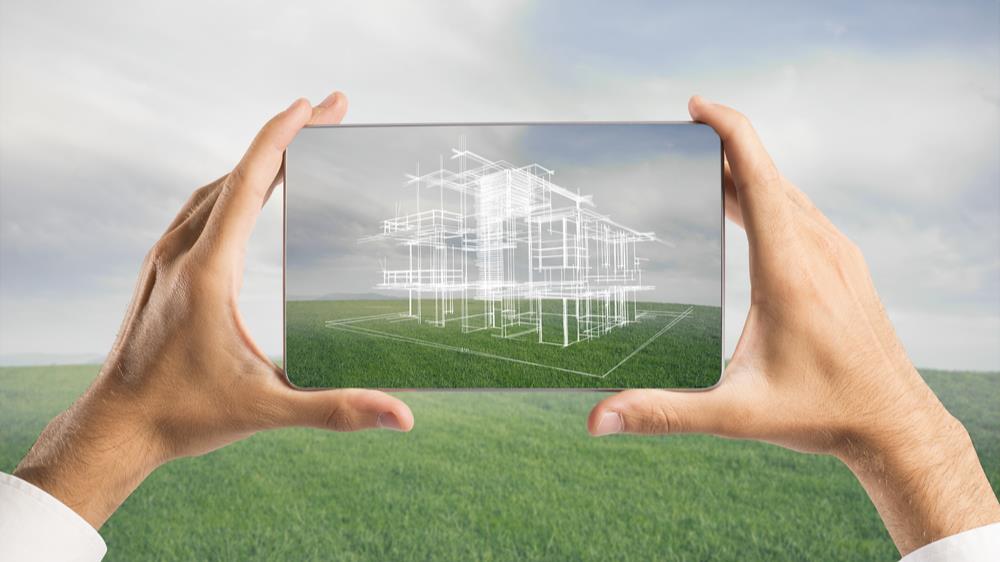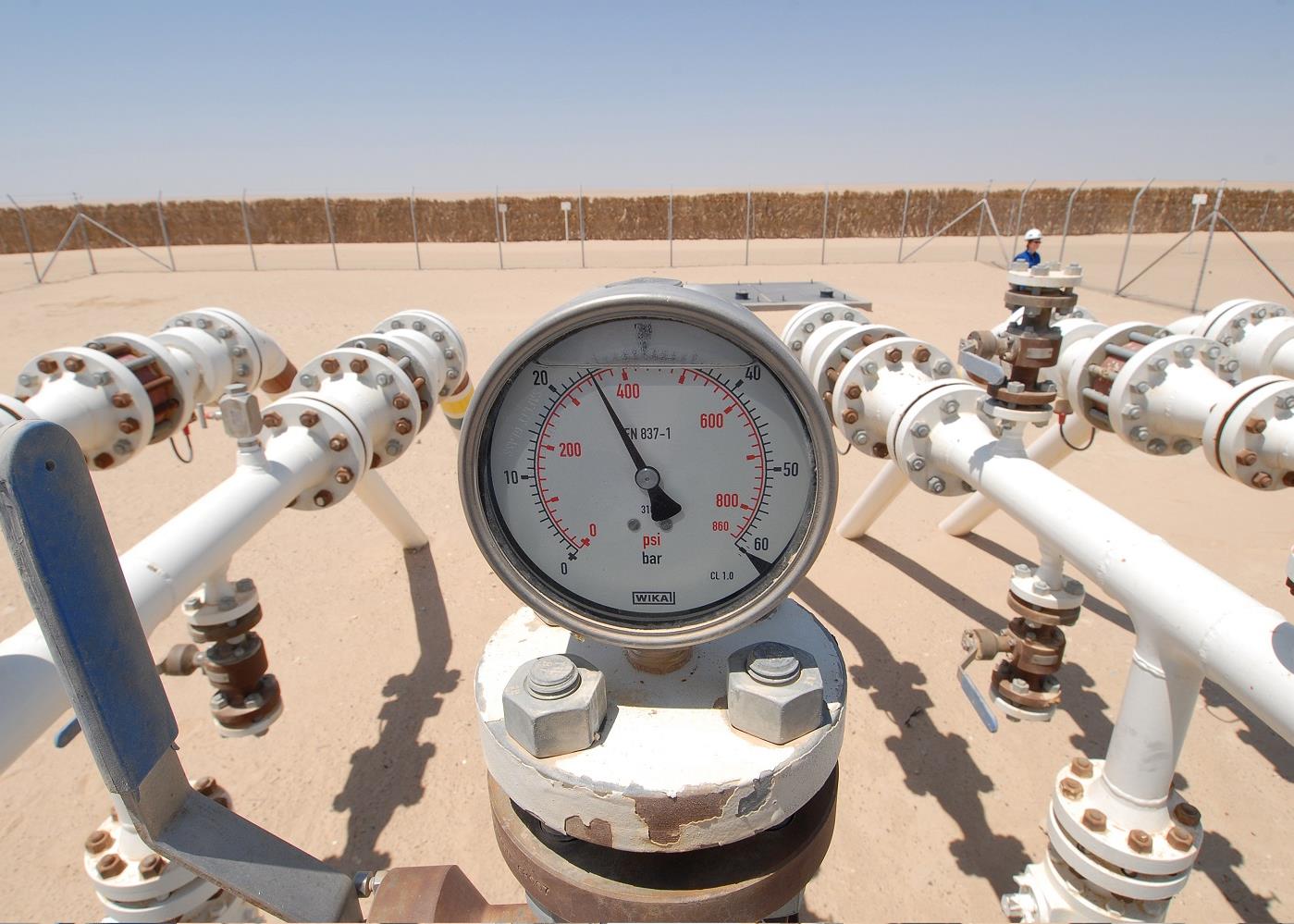

The UAE, like many countries, is faced with a dilemma: how to construct buildings to meet the demands of an increasing population, but do so in a manner that reduces the impact on the environment.
The problem is clear but multi-faceted, as the environment is impacted at almost every phase of construction. This means that everything – from the materials used, to the construction and operations of buildings — affects the world around us. Research from Architecture 2030 highlights this by revealing that buildings currently generate nearly 40 per cent of the world’s greenhouse gas emissions. In addition, construction also creates approximately 30 per cent of the waste sent to global landfills.
It is an issue that will be compounded in the years to come as the world’s population is expected to reach 9.8 billion by 2050, according to data from the UN. It is forecast that nearly 13,000 new buildings will be required each day until 2050 to meet this rising demand.
Utilising smart tech
Fortunately, we now have a host of smart technologies available at each stage of the construction process that allow us to design, build and operate more efficiently and sustainably.
Let’s begin with the design and construction phase.
The cause of much of the waste generated at this stage is due to traditional construction methods that create inefficiencies in workflows, communication gaps and outdated systems and processes. This results in the design and construction phase becoming fragmented as teams work in silos. Project managers often become overwhelmed by documents, reports and data. As a result, important information can be missed, causing further delays down the line.
The solution lies in new, digital construction methods that implement technologies such as building information modelling (BIM) to streamline the design process. BIM improves collaboration and communication between teams, reduces work duplication and allows for pre-construction project visualisation while reducing costs and mitigating risk.
We now have a host of smart technologies available at each stage of the construction process that allow us to design, build and operate more efficiently and sustainably
In fact, software such as Autodesk’s BIM 360 Field significantly reduces cycle time to close issues and improves the project’s overall quality, showing a reduction in response time to site issues by 15 per cent.
Solutions such as Autodesk’s Construction IQ Preview can also help users to undertake a more sustainable approach by using algorithms to sift through hundreds – or even thousands – of project issues and prioritise them into those that require attention each day. It employs machine learning and models to reduce rework and waste, detect high risk and analyse unsafe behaviours and safety hazards.
Where appropriate, combining these technologies with additive manufacturing techniques such as offsite prefabrication will significantly reduce waste through improved materials management and reduced rework on site. These technologies will also speed up the construction phase of the process.
Optimising consumption
To have a significant impact on sustainability, buildings must be operated in a manner that reduces their consumption of resources in the long term.
Currently, the building sector accounts for 30-40 per cent of global energy use. But net-zero carbon buildings, which are buildings that have been specifically constructed to balance their greenhouse gas emissions from traditional energy, are becoming more prevalent. A key element in reducing these emissions is to ensure smarter operations.
This is particularly important in the UAE, where temperatures can soar to 42°C in the summer months, resulting in increased demand for air conditioning. This is where BIM is invaluable, as it enables the anonymous gathering of data on people’s behaviour patterns at certain times of day. Buildings using this technology can cater to the needs of occupants so that heating, ventilation, air conditioning and sanitation are more responsive to human activity.
By collecting and analysing this type of data, buildings will in effect learn and adapt. The use of machine-learning algorithms allows buildings to respond to behavioural and environmental data proactively. Modern, interconnected building subsystems could maintain the comfort and the productivity for occupants while minimising energy use.
Al-Bahr Towers in Abu Dhabi has already employed much of this technology to great effect. The buildings have been designed to achieve high levels of energy efficiency. To do this, they use a network of folding screens that open and close based on the sun’s position, minimising energy use and maximising cooling for occupants.
The buildings are equipped with sensors that track the sun’s movement and allow the facade to open and close based on its position. The sensors also capture wind speed and solar radiation data to adjust the facade in cases of extreme winds or prolonged overcast conditions.
By collecting and analysing this type of data, buildings will in effect learn and adapt
The world is faced with the challenge of keeping pace with the demand for more homes to accomodate the growing population while reducing the impact on the environment. But this challenge is not insurmountable.
The technology needed to tackle the issue is already available, and is increasingly being used in the construction industry. By leveraging digital technologies, the industry now has the tools to build better, faster and more efficiently, thereby delivering a truly sustainable future.
About the author
 Louay Dahmash is the head of EMEA Emerging at Autodesk
Louay Dahmash is the head of EMEA Emerging at Autodesk
You might also like...

Rainmaking in the world economy
19 April 2024

Oman receives Madha industrial city tender prices
19 April 2024

Neom seeks to raise funds in $1.3bn sukuk sale
19 April 2024

Saudi firm advances Neutral Zone real estate plans
19 April 2024
A MEED Subscription...
Subscribe or upgrade your current MEED.com package to support your strategic planning with the MENA region’s best source of business information. Proceed to our online shop below to find out more about the features in each package.






